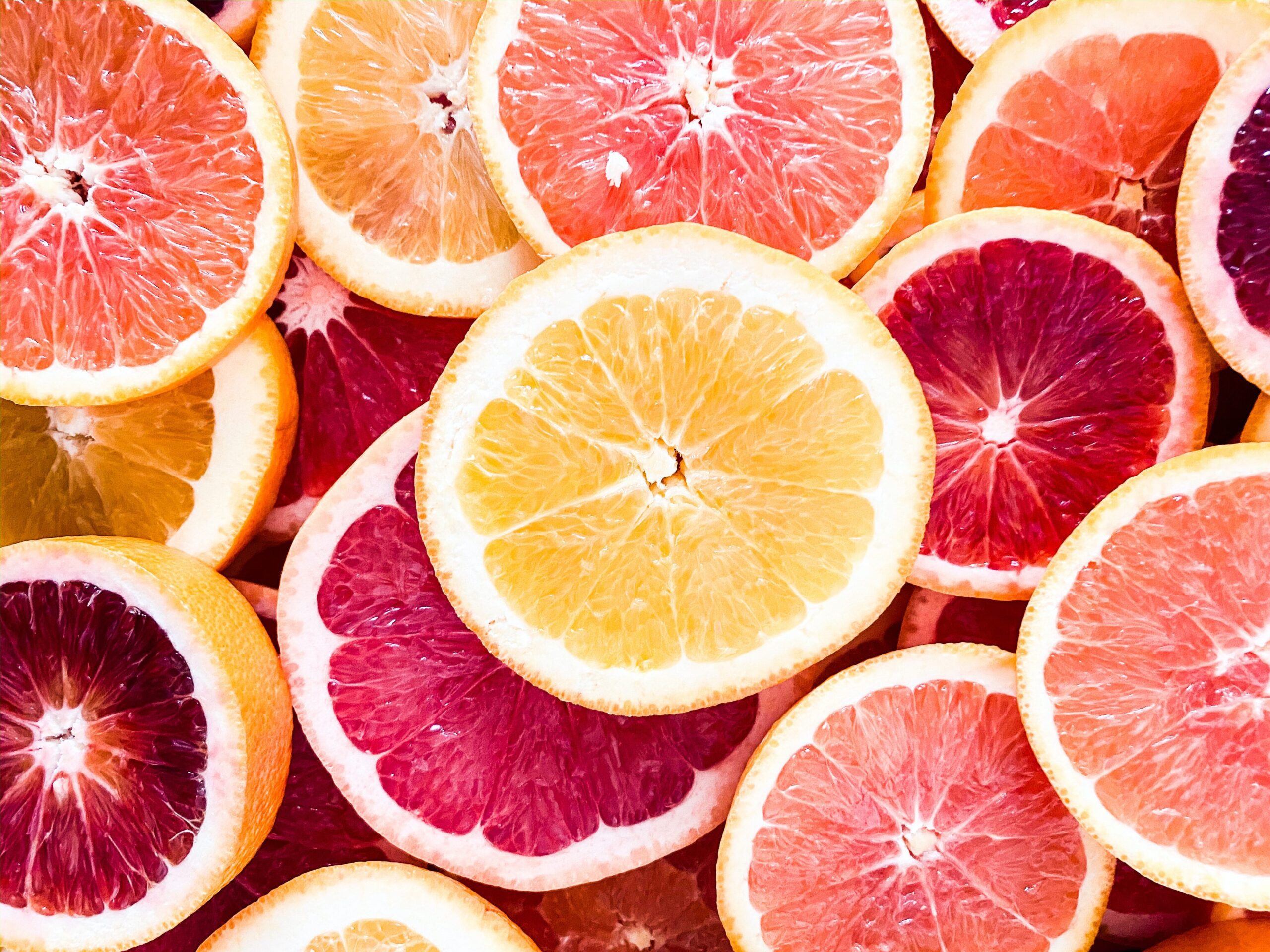
The heightened consumer focus on health and immunity over the past year has propelled citrus into the spotlight of the pandemic market, establishing itself as a booming superfood with attributes like immune support and rich vitamin C content. This surge in popularity is driven by a global consciousness of the importance of immunity due to COVID-19, with 65% of consumers worldwide and a staggering 87% of U.S. consumers prioritizing their immune health, with 78% expressing a specific interest in Vitamin C, according to Perfumer & Flavorist magazine.
This growing health-conscious trend has not only paved the way for a surge in citrus consumption but has also encouraged brands and flavor houses to delve into the exploration of zesty flavors. As consumers seek wellness in their food and beverage choices, we anticipate a significant infusion of citrus flavors into a variety of products, ranging from sparkling waters and hard beverages to ready-to-drink (RTD) seltzers, energy drinks, hydration beverages, and even baked snacks and desserts.
Amid this citrus renaissance, traditional flavors are taking a delightful twist, introducing consumers to a world of innovative and exotic citrus trends. One such trend is the rise of black limes, brined and dried limes ground into a powder. These black limes are finding their way into numerous Middle Eastern and Persian dishes, imparting a unique combination of healthy compounds and a distinctive sour and aromatic flavor. This trend not only aligns with the health-conscious narrative but also brings a touch of culinary adventure to consumers’ palates.
Preserved lemons, a staple in Moroccan cooking, offer another intriguing twist to traditional citrus. Lemons are drenched in salt and tightly packed into jars, preserved for months to develop a fragrant lemon flavor. These preserved lemons have become a versatile ingredient, enhancing the taste profiles of tagines, stews, dressings, and sauces. The method of preservation adds complexity and depth to the citrus experience, catering to the evolving preferences of modern consumers.
The Asian citrus sensation, yuzu, took center stage in 2021 when Firmenich declared it the flavor of the year. Originating in Asia, yuzu boasts a captivating blend of sweet, floral, and tart citrus notes. What makes this trend even more intriguing is that Firmenich anticipated the surge in market demand for yuzu even before the COVID-19 pandemic, highlighting the foresight of the industry in predicting consumer preferences.
From the enchanting landscapes of the Philippines comes calamansi, also known as Philippine lime. This citrus fruit, a harmonious mixture of lime, lemon, and orange flavors, presents a riveting and refreshing experience for citrus enthusiasts. Its origin in the Philippines adds a cultural and exotic dimension to its appeal, making it a unique and sought-after addition to the citrus repertoire.
The citrus market is experiencing a dynamic transformation fueled by heightened consumer health awareness. Citrus, now positioned as a pandemic superfood, is not merely a traditional flavor but a versatile and innovative ingredient shaping the landscape of diverse culinary experiences. As consumers increasingly prioritize wellness in their food choices, the citrus renaissance promises to deliver an array of exciting and unconventional flavors, inviting individuals to embark on a flavorful journey that goes beyond the boundaries of convention.

